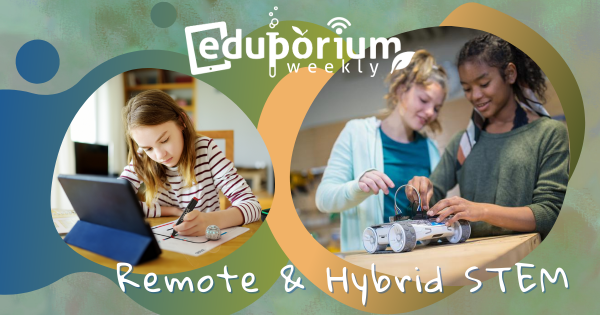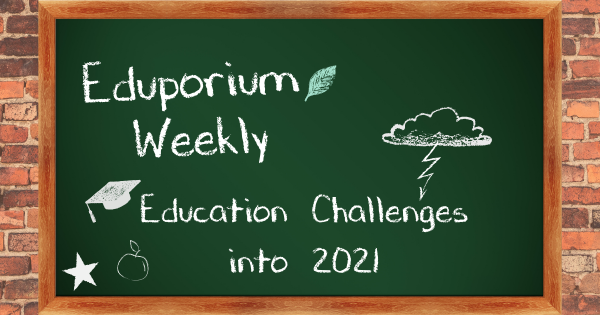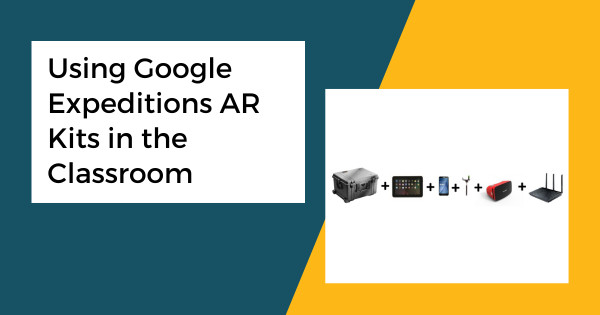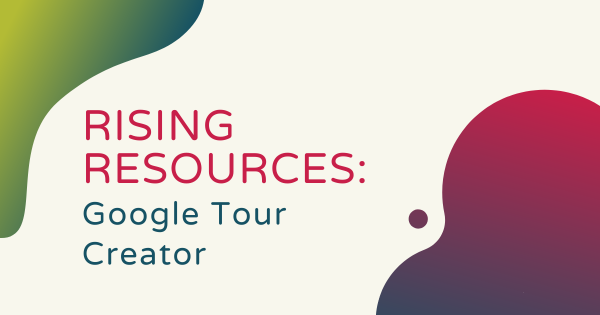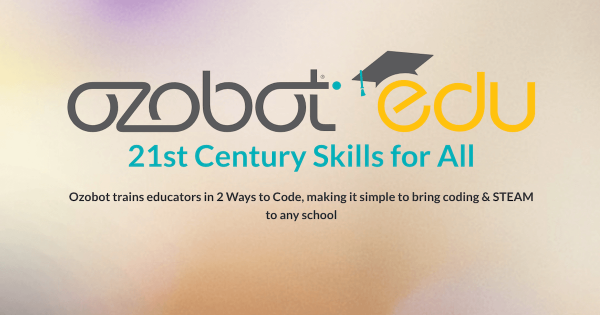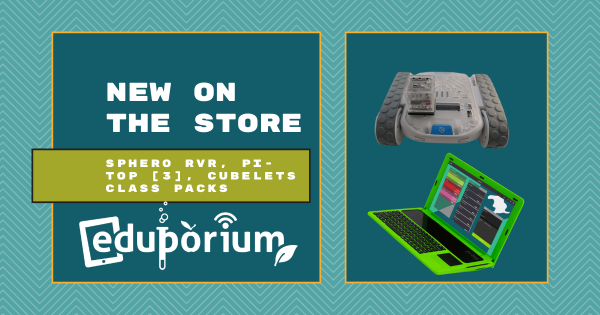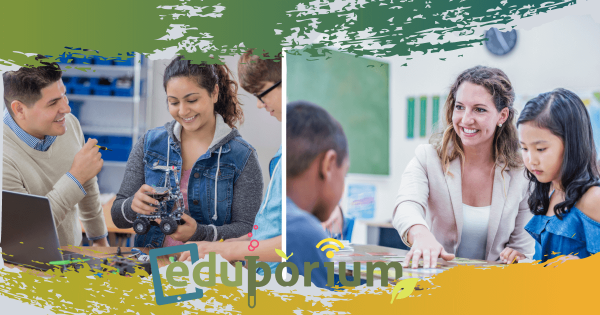While not impossible, planning for STEM in remote or hybrid learning does present obstacles for educators, including finding the time to fit it into class meetings, creating lesson plans, and getting materials to students. Online STEM platforms have provided one solution, but, in order to replicate that classroom experience, it can become tricky.
Search results for 'alternatives'
-
Eduporium Weekly | Challenges Around Education In 2021
Many of the insights we’ve gained about education amid the pandemic are lessons most of us wouldn’t have thought we would need to learn but they have become very valuable. Now, educational leaders are dealing with the prospect of carrying over these insights as they create meaningful student experiences while also trying to apply new knowledge going forward. -
Using Google Expeditions AR Kits in the Classroom
We can now offer the next best thing in the Google Expeditions’ AR/VR Classroom Kits! Designed to augment classroom instruction with high-end performance, the nine AR/VR kits help teachers guide students through all kinds of engaging lessons. They’re powered by the Magellan teacher tablet and include Homido viewers, student devices, and more. -
Rising Resources | Google Tour Creator And VR Content
We’re big fans of the potential that comes with using VR and AR tools in all levels of education and, for this week’s Rising Resources blog, we’re going to try out the Google Tour Creator platform! It’s built to use with the Google Expeditions VR systems, which are among our best sellers, and it’s easy to see why kids love -
Tips & Tricks | VR Learning With The Google Expeditions Apps
With schools and non-essential businesses closed in a lot of communities, we’re all grappling with how to keep learning going while practicing social distancing. So, today, we are talking about a free app that can take you to over 900 places right from your living room—the Google Expeditions app. And no, you don’t even need a bulky VR headset to -
Eduporium Weekly | Updates to Key EdTech Items on our Store
We know that it’s exciting for educators and tech specialists when they hear about upgrades or new features to some of their favorite STEM tools, so, this week, we’re talking about some of the latest updates to some of the technologies on our store, including a few that have to do with some of our favorite big-name brands. -
Eduporium Weekly | An Overview Of What's New On Our Store!
We try to keep adding new items for educators regularly, opening up as many avenues as possible for teaching with new technologies. We know that STEM instruction is important to just about everyone today, so we try to make EdTech shopping easier. Anyway, we have some new products from big-name STEM brands and some all-new models as well. -
Our 7th Merge Cube Donation: Newark Charter School (DE)
Andy made stop No. 7 on Monday, visiting Yanaka Bernal at the Newark Charter School in Newark, Delaware. He presented her with the seventh of 10 Merge Cube donations and got a quick tour of the school. Yanaka and some of her colleagues have some pretty cool technologies to use with their students, including her own set of Merge Cubes! -
Eduporium Weekly | All About EdTech Integration
Why do district leaders create brand-new positions for people or re-assign existing employees to vastly different roles? Well, technology can have lots to do with that and the effectiveness with which teachers can weave it into their school’s curriculum and everyday projects can do a lot for a student’s future, helping to equip them with both hard and soft skills.



